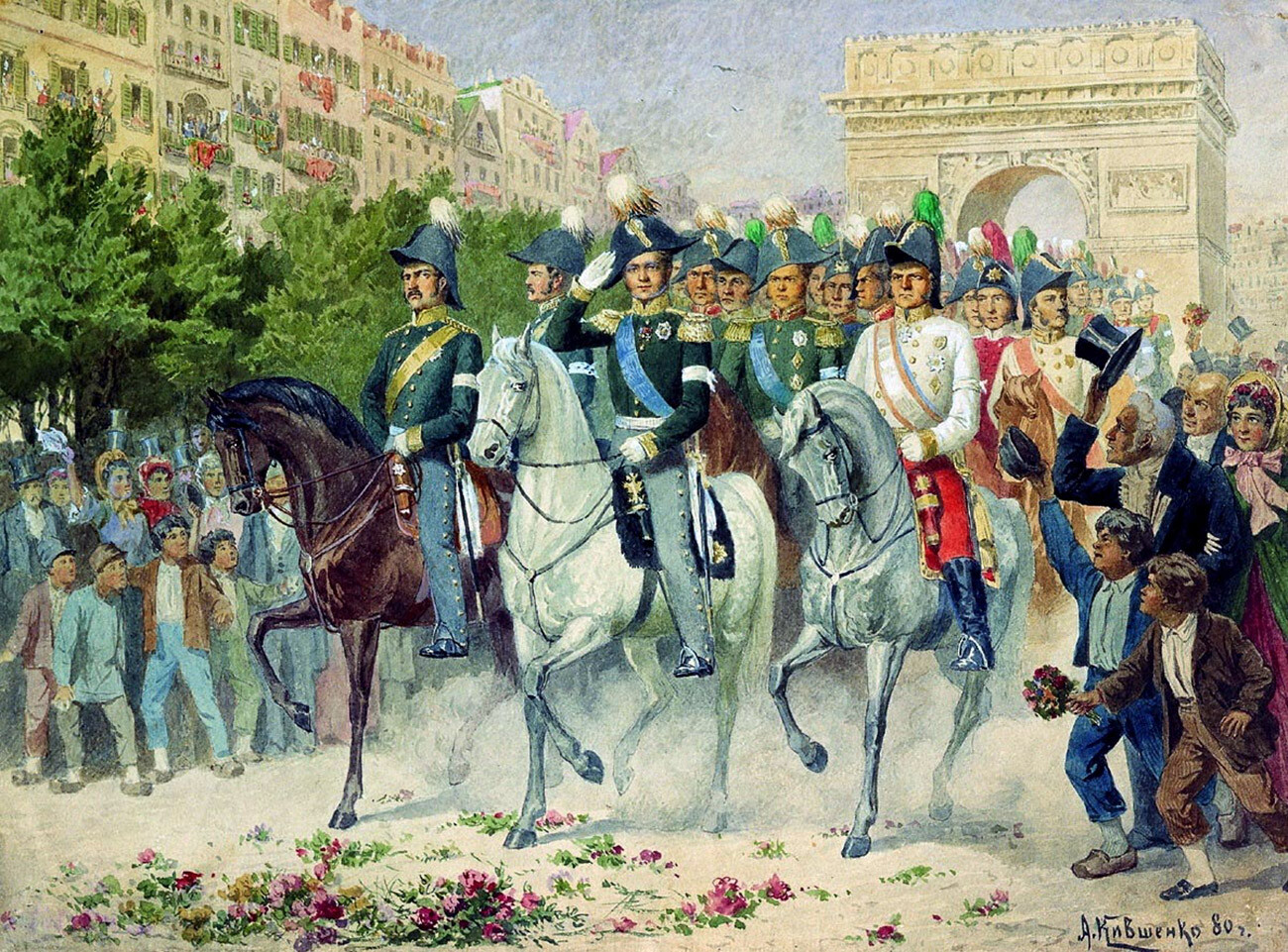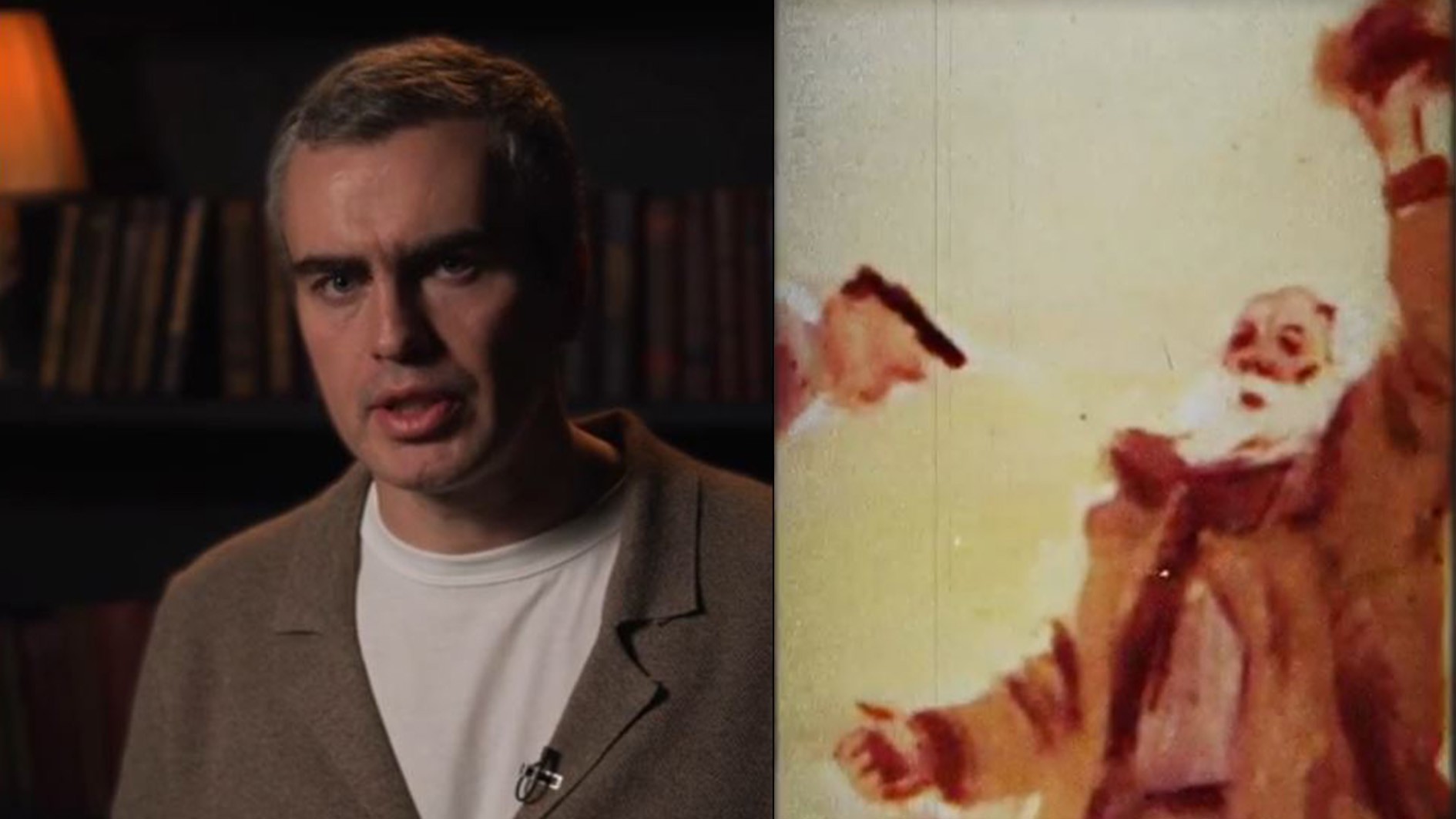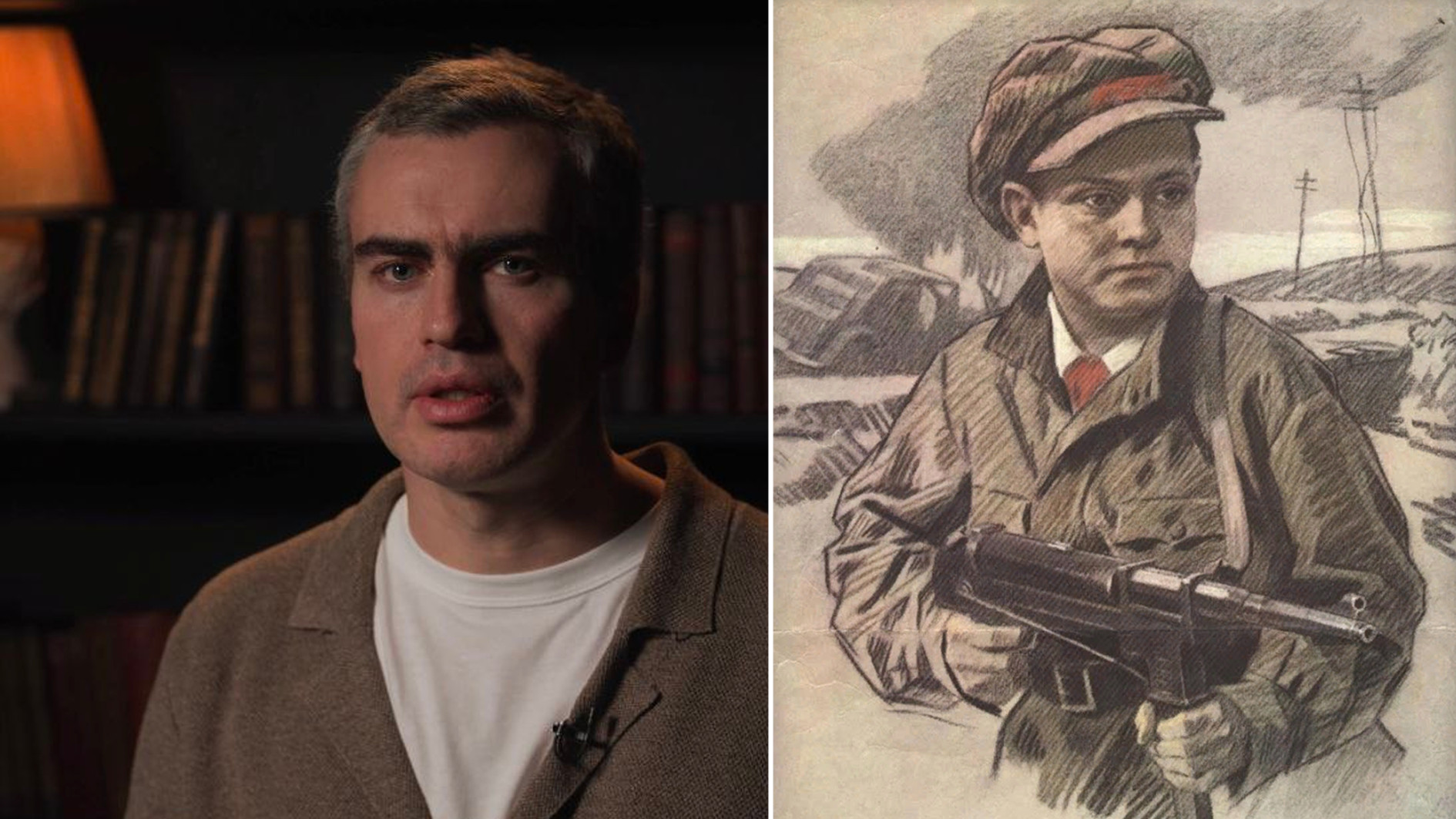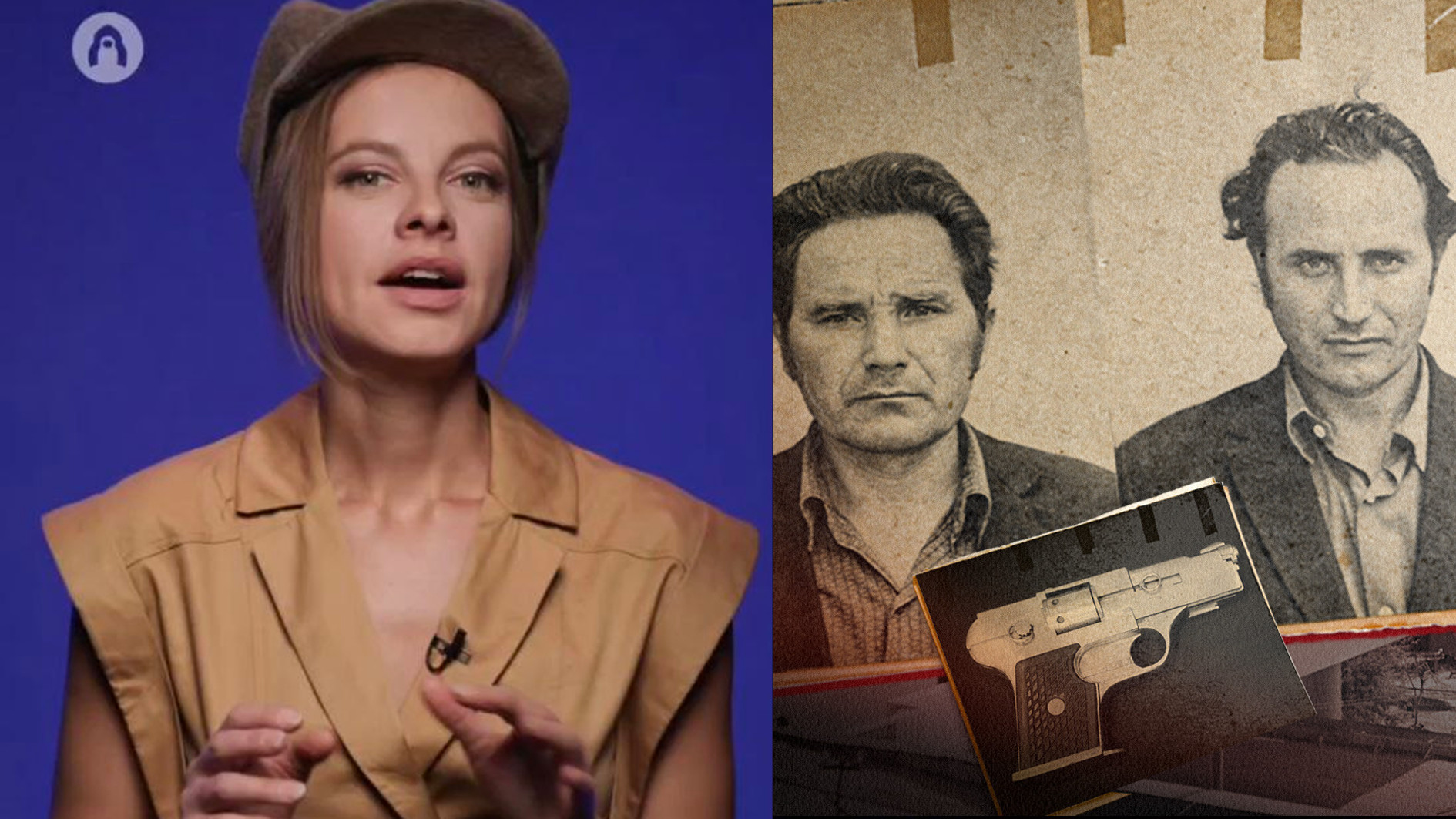
What Soviet Russia was like in 1955 (PHOTOS)

In 1953, Joseph Stalin passed away and Georgy Malenkov formally took over power. But then, for two years, the party top leadership had an unspoken struggle for one-man rule. The photo below shows the main party figures at a reception at a government dacha in Moscow Region. Pictured left-right: Vyacheslav Molotov, Nikolai Bulganin, Nikita Khrushchev, Lazar Kaganovich and Georgy Malenkov.

In 1955, the power struggle in the USSR, which occurred after Stalin's death, ended. The Malenkov-Khrushchev tandem broke up and the latter became the sole head of state.

Khrushchev as the new Party and country leader then embarked on official visits to Germany, Burma and India. The photo below pictures Krushchev taking part in mutual feeding, a Kashmiri custom of supreme hospitality.

In turn, Indian leaders Indira Gandhi and Jawaharlal Nehru visited the USSR.

Other important guests of the country were American soldiers, participants of the 1945 Elbe Day. In honor of the 10th anniversary of Victory Day, they came to Moscow, visited the Red Square and the Kremlin.

And they took a ride on the Moscow Metro subway system. They are pictured below at Komsomolskaya station.

Ten years after Victory Day and the first parade, Marshal Georgy Zhukov again took up the role of leading the military parade.

It is not by chance that Moscow is dubbed the “port of five seas”, because the Moscow-Volga Canal built by Stalin connected important river and sea routes. The photo shows one of the locks of the canal.

Another project started by Stalin that had just been completed is another one of Moscow's seven high-rises, nicknamed 'seven sisters'. This one is the apartment building on Vosstaniya Square (now Kudrinskaya).

In 1955, the construction of the Luzhniki sports complex began in the area of the Lenin (now Vorobyovy) Hills. This wooded area used to be considered the outskirts of Moscow, but now, the spires of Stalin's high-rises could be seen there and the country's largest stadium, Luzhniki, soon also be built in the area.

Aesthetics of industrialism: an open-hearth furnace shop at the Cherepovets Metallurgical Plant.

The development of greenfield sites, collective farms and the striking pace of agriculture were the main priorities of Soviet life in the postwar years.

In the USSR, especially in the postwar years, people were engaged in mass amateur art. Every large enterprise or institute had its own theater and music companies. The photo below shows a dance group of construction workers.

And here are two workers from the ‘Red Weaver’ factory.

Such ensembles performed even at international contests and festivals and artistic folk dance started to become very popular.

One of the main arts was still ballet. The photo below depicts a scene from ‘Swan Lake’ on the main stage of the Bolshoi Theater.

In addition to theater and amateur performances, the whole country watched soccer…

…as well as automobile races at the Dynamo Stadium.

Another favorite pastime for all the Soviet citizens were ‘Ice cream’ cafes.

The Bolsheviks banned Christmas celebrations and Christmas trees. But Stalin decided to resume the winter holiday for children, so they introduced an official New Year's Eve with gifts and carnival costumes, even “hijacking” the Christmas tree. And, the following year, the now cult New Year's Eve movie ‘Carnival Night’ would be released.

After the war, the birth rate finally began to rise again. But, many hard working women had to put their children in nurseries from infancy, in order to continue working.

After that, children would be sent to kindergarten, where there were already older kids. The photo below shows kids playing in the snow outside a kindergarten.

Parents could not keep their children busy after school hours, because they were still at work, so after-school clubs and music schools were common.

One of the most popular holidays was Labor Day. Parades with flowers and posters were held not only in Moscow…

…but also across the country. The slogan in the photo below reads: “We are for peace!”

Sailors of the Black Sea Fleet attending a parade.

A year before, the pavilions of the All-Union Agricultural Exhibition (which later became VDNKh, the Exhibition of Achievements of National Economy) were reconstructed and rebuilt in the Stalinist Empire style. All foreign guests would be taken there and Soviet citizens themselves liked to go for long walks in it. The photo below shows the main pavilion.

Below is what, for example, the pavilion of the Kazakh SSR looked like at the beginning.

Twenty years have passed since the opening of the subway system in Moscow and it was being developed at a blistering pace. New stations were opened even during the war. At an exhibition dedicated to the anniversary, a small model of an escalator was made.














